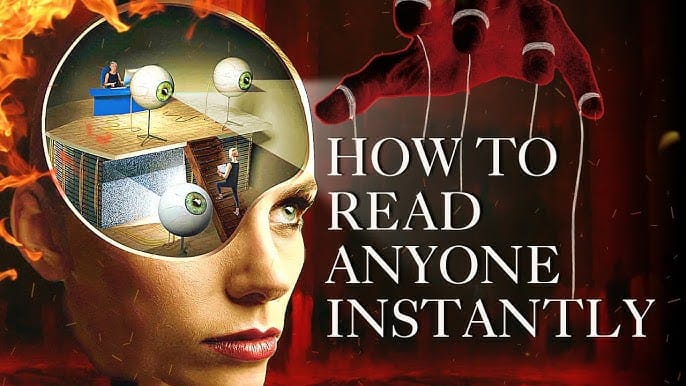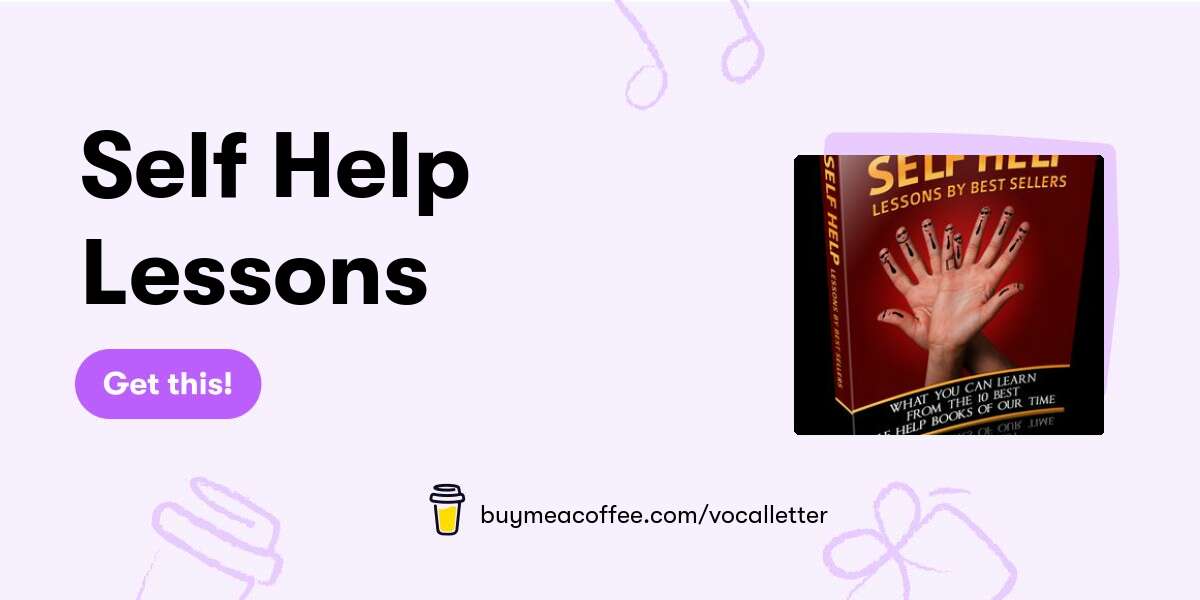🧠 How to Instantly Read Anyone Like a Psychologist (In 10 Seconds or Less)

Decode the truth behind the face, posture, voice, and vibe, before they even say a word.
“You’re not being judgmental. You’re being prepared. This is survival, not shade.”
We’ve all been there.
That friend who turned out to be a liar.
That business partner who was all charm and no substance.
That relationship where you ignored your gut—until it was too late.
We waste months uncovering the truth about people when we could’ve seen it in ten seconds.
Yes, ten.
Not through magic. Not vibes.
Psychology. Real, observable, evidence-backed human behavior.
Let’s turn you into a real-life people reader fast.

⚡ The Science of the First 10 Seconds
Psychologists call it “thin-slicing.” It means making accurate judgments with minimal information.
The brain is wired for this. Survival once depended on reading strangers quickly. Now? It still does, but for relationships, deals, safety, and your own sanity.
These are the 10 cues you need to read anyone instantly, with no fluff, no gimmicks, just truth.
1. 🎭 The Face Never Lies: Micro-Expressions
In the first 0.25 seconds of meeting someone, their face gives away their truth.
We’re talking:
- A twitch of disgust
- A flicker of contempt
- A flash of sadness
Even when people are trying to smile, the micro-expressions peek through.
🧠 Science says:
According to research by Dr. Paul Ekman and Amy Cuddy, these micro-movements are biologically tied to genuine emotions, even if they're masked seconds later.
✅ Watch for:
- A smile that doesn’t reach the eyes? Fake.
- One raised brow while saying “nice to meet you”? Doubt.
- Tightened lips? Repression or judgment.
2. 👁️ Eye Contact: The Primal Power Move
Eye contact is primal, animal-level truth.
🐅 Predators stare.
🕊️ Prey looks away.
👀 What to observe:
- Avoids eye contact? Shame, fear, or submission.
- Overdoes eye contact? Overcompensating, manipulative.
- Holds it naturally? Grounded confidence.
🧠 2008 Study:
Liars tend to hold eye contact too long, they’re trying to convince you.
Low-self-esteem individuals avoid it, they feel lesser.
3. 💼 Posture: How They Carry Their Identity
Posture is biography. Posture is story.
- Standing tall = “I belong here.”
- Slouching, shrinking = “I hope you don’t notice me.”
🎯 Look for:
- Shoulders back, chest open = dominance.
- Arms crossed, hunched = defense or shame.
- Angled away from you = resistance or distrust.
🧪 Amy Cuddy’s ‘Power Pose’ research:
Posture affects hormone levels, standing tall actually raises testosterone (confidence) and lowers cortisol (stress).
4. 🤝 First Touch = First Truth
A handshake, nod, fist bump, the first physical gesture is deeply revealing.
- Limp = Disconnected. Doubting themselves or you.
- Bone-crusher = Ego trip, overcompensating.
- Firm, one-second hold = Clear mind. Grounded presence.
🧠 Cornell research shows that handshake quality directly impacts likability and trust within seconds.
5. 👔 Style = Thinking, Externalized
Clothes speak before the mouth does.
- Polished shoes, crisp lines, clean fit = intentionality, control.
- Wrinkled shirt, dirty sneakers, mismatched chaos = disorganized or careless mind.
🧠 Journal of Social Psychology:
People judge competence and trustworthiness based solely on appearance before words are exchanged.
✅ Scan for:
- Details: socks, accessories, grooming.
- Consistency: do their look and energy match?
- Effort: not expensive, but intentional.

6. 🎙️ Voice Tone: Where the Emotion Hides
Tone matters more than content.
- Fast, high-pitched, shaky = nerves or deception.
- Slow, low, relaxed = confidence, clarity, leadership.
- Flat or monotone = boredom, detachment, masking.
🧠 Harvard Business Review:
The brain responds to deep, calm tones with trust, like “this person is a leader.”
🔥 Pro tip: Ask them something simple early, “What brings you here?” Their tone reveals their mindset before their words do.
7. 😊 Facial Warmth: Real or Performed?
Some smiles are for show.
Some are from the soul.
Warmth isn’t about smiling. It’s about:
- Relaxed jaw
- Soft forehead
- Eyes that glow, not glare
🧠 Study in Emotion journal (2015):
Warm expressions create immediate feelings of psychological safety and trust.
✅ Look for:
- Duchenne Smile (eyes crinkle, cheeks lift) = genuine.
- Lip-only smile = facade. Be cautious.
8. 🪞 Mirroring = Connection
Want to know if someone likes, respects, or resonates with you?
They’ll subconsciously mirror your:
- Posture
- Speech rhythm
- Gestures
- Emotional tempo
🧠 Tanya Chartrand’s “Chameleon Effect” study:
Mirroring leads to smoother communication, stronger rapport, and mutual understanding.
🧠 Clue: If you lean in and they lean back? Disconnect. If they sync with your tone and gestures? Alignment.
9. 🧩 Word Choice = Inner World
Language reveals everything.
- “I can’t…” = victim mindset
- “They won’t let me…” = deflection
- “Here’s what I did…” = accountability
- “We worked on this…” = team player
- “Maybe…” “Kind of…” = indecisiveness
🧠 Harvard Linguistic Study:
People who use “we” are viewed as collaborative. Those who overuse “I” may be self-centered or defensive.
✅ Listen for:
Patterns of power, avoidance, ego, or clarity—in just a few words.
10. 🔥 Initial Energy: Fire or Fog?
Energy doesn’t lie.
You don’t need charisma. You need presence.
Do they walk in with purpose, light in their eyes, intention in their voice? Or do they just exist in the space?
🧠 Social Psychology Bulletin (2017):
Initial enthusiasm is a predictor of long-term performance and emotional engagement.
🚩 Lethargy is not shyness. It’s usually disinterest, or worse—emotional shutdown.
Suggested Readings















